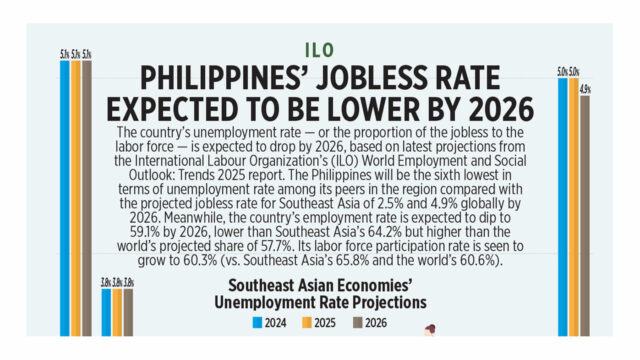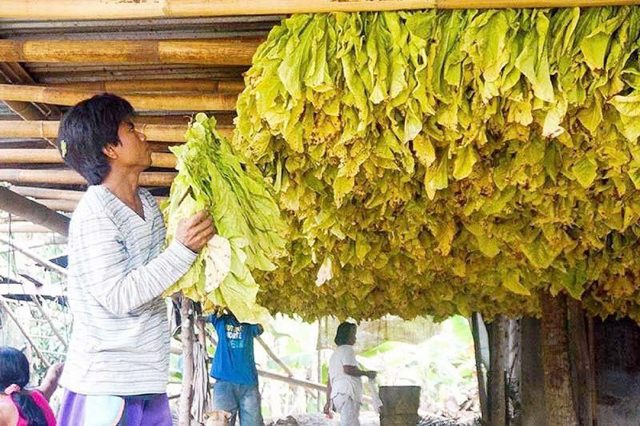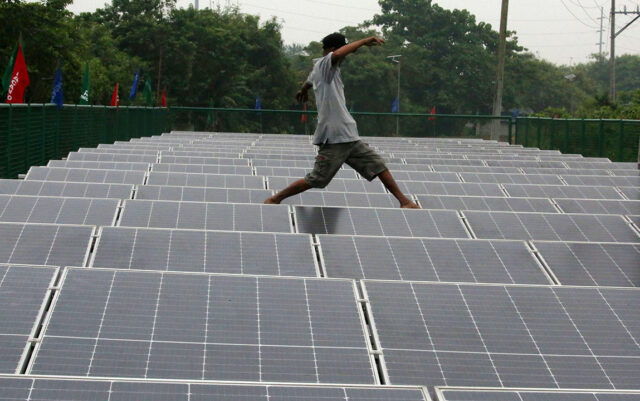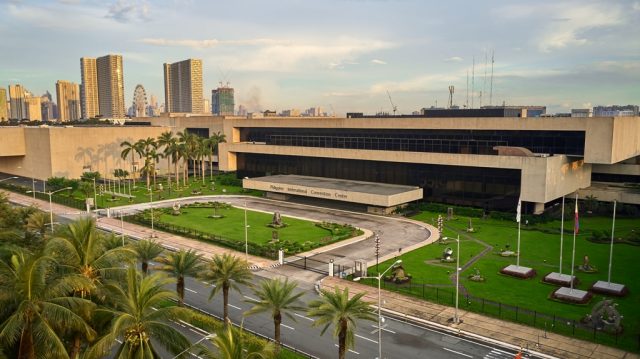Snap Fitness PHL relaunches, welcomes fitness enthusiasts and aspiring franchisees
WHEN the new year begins, many Filipinos set health and fitness goals, but hitting the gym can feel intimidating. Snap Fitness Philippines aims to change that with the reopening of its Cubao Spark Place branch on Wednesday, providing a welcoming space for fitness enthusiasts and offering franchising opportunities.
Vanessa Orendain, Chief Executive Officer of Snap Fitness, told BusinessWorld that the newly reopened branch operates 24/7, ensuring accessibility for all and a pressure-free workout environment.
“Schedule and availability don’t matter — just find the time and get moving. You don’t need a full 30-minute workout; even 15 minutes makes a difference,” Ms. Orendain said.
Just like Snap Fitness’ tagline, it is important to work out “for the feeling,” rather than just for aesthetic results, she added.
The relaunched Snap Fitness in Cubao features state-of-the-art gym equipment from Matrix Fitness and a partnership with a payment gateway provider, offering members more convenient payment options.
Ms. Orendain also told BusinessWorld that Snap Fitness has staff and trainers, some of whom hold degrees in sports science.
Snap Fitness Philippines is also opening franchising opportunities for aspiring business owners and investors as the country’s fitness industry continues to grow.
According to data from Statista, the gym and training market in the Philippines is projected to grow at a compound annual growth rate of 1.7% from 2025 to 2029, with revenue expected to reach $19.2 million in 2025.
By investing in Snap Fitness, business owners can reduce the challenges of entering the industry, as essential systems — such as equipment from its partners, financing solutions, real estate assistance, and operational support — are already in place, Ms. Orendain said.
“So, taking all of these together… I think we have the winning formula to succeed here,” Ms. Orendain said, highlighting the brand’s proven success with over 1,000 clubs in more than 20 countries.
Apart from its relaunching in Cubao, Ms. Orendain said that the construction of a branch in the Makai Central District has already started, with further plans to expand In Luzon, Visayas, and Mindanao.
For membership rates and franchising details, visit their social media pages. — Edg Adrian Eva















